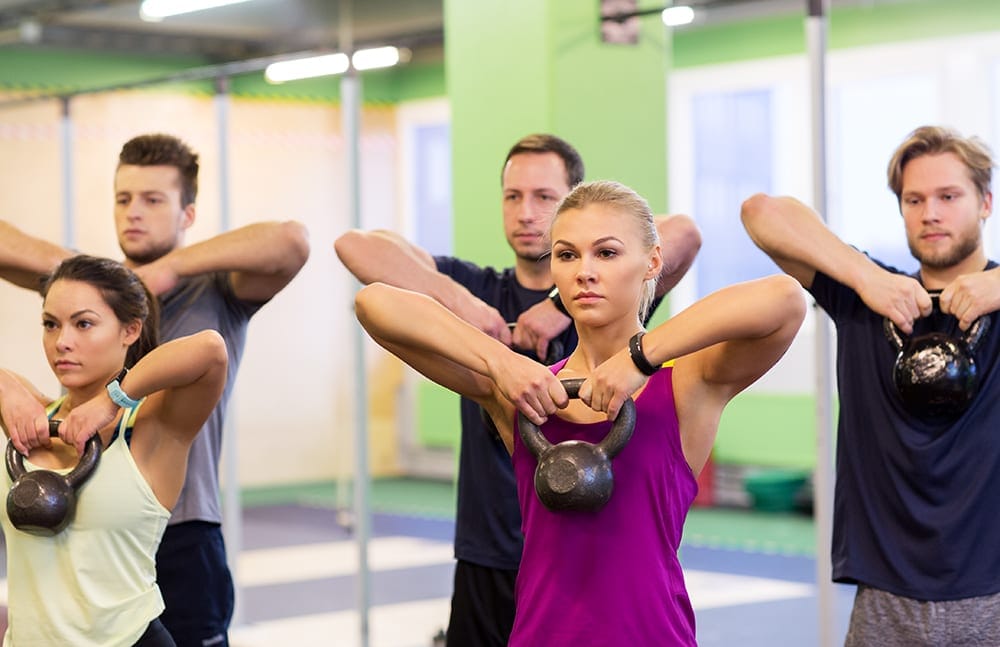
How To Stay Motivated On Your Fitness Journey
Would you expect to arrive at your destination while driving in the dead of the night without a GPS and your headlights on?
That’s what you’re trying to do if you don’t have training goals linked to your life purpose(s).
It’s easier to get motivated to start a fitness journey when the pain and discomfort in staying the same at a point in time, is greater than what we know we’re going to feel when we start hitting the gym. But how about after that ‘honeymoon’ period wears off?
You might know that having a purpose gives us something meaningful to aim towards in life and thereby helps to keep us on good road, but do you link your training goals to that purpose? In my experience it can really be a powerful motivation tool and hold you accountable to get in the gym when you’d rather do anything but!
When I was trying to get healthy there were countless times where I would’ve rather been out on a bender than getting in a gym session and good food. But then I’d think of whether that would move me closer or further away from my clearly defined fitness goals, and ultimately my purpose – which at the was simply to turn my life around. The decision to hit the gym would often become easier then.
Whether your purpose is having a major impact on people through your career, bringing love or fun into people’s lives, being a great role model for yours (and others) kids or something completely different. Associating your well defined training goals with fulfilling your life purpose(s) is key. It also enables you to reverse engineer the specific actions that need to be taken to achieve your goals.
As a hypothetical example, having a goal to lose 15 kilos in 6 months can be associated with getting the self-love and confidence you need to bring fun or love into people’s lives. In terms of the specific actions needed, that might mean needing to eat 2000 calories a day, getting to the gym 3 times a week and sleeping 8 hours each night. Then break those down even further by asking what you specifically need to do in order to achieve those.
Achieving your goals in the long run will only work if they’re set properly though. As I said earlier they need to be well defined, and using the SMART formula has stood the test of time. It’s also proven effective with the goal setting of my clients and myself.
Specific
The goal needs to be well defined, clear and unambiguous. For example, a general goal would be “I want to lose weight.” A more specific goal would be “I want to lose 15 kilos in 6 months.”
Measurable
They need to have a start and end point for them to be effective. For example, building on the specific goal above: “I am currently 100 kilos and want to get down to 85 kilos in 6 months. So I need to lose 15 kilos in that time.”
Achievable
The goal must be set so that you’re challenged but not so it’s unattainable. Research suggests that we can manipulate dopamine levels, which is a chemical that contributes to feelings of alertness, focus, motivation and happiness – by accomplishing the goals we set. This leads us to want to repeat the behaviours that gave us these feelings.
So ask yourself:
- Do I have the resources and capabilities to achieve the goal? If not, what I am missing? For example, further expanding on the goal above: “To lose 15 kilos in 6 months, I need motivational strategies and tools along with a training and nutrition plans”.
- Have other people in a similar situation to me – done this before? If so, how? Using the same example: “Have other people weighing 100 kilos lost 15 kilos in 6 months before and how did they do it?”
Relevant
The goal needs to be relevant to your life purpose and fit in with your values as well as your immediate and longer term plans. Building on the same example again: “Losing 15 kilos in 6 months is relevant and important because I want to set a good example of what a healthy lifestyle looks like for my (and others) kids. I also need to able to support them in achieving their own goals as they grow up.”
Timely
Goals must have a start and finish date. If they don’t there will be no sense of urgency and motivation to achieve it.
Once your training goal has been well defined, write it down, put it somewhere practical and refer to it frequently. Studies indicate that doing so will transfer the goal into your long-term memory bank, making you increasingly more consciously aware of it as you go about your day(s). This in turn will help keep you accountable.
Then as you make progress towards achieving the goal, regularly evaluate your performance through tools like weekly weigh-ins and monthly girth measurements – in a kind and non-judgemental way! Ask what worked well over the evaluation period, what didn’t and what might you need to give yourself more of, in order to improve things over the next evaluation timeframe.
Finally remember to celebrate achievements and reward yourself for them! When you come across setbacks, know that they’re a necessary process to success, and often bear the biggest lessons. So take the lessons on-board and keep driving forward. With your GPS (goals) and headlights (actions) now turned on, you will eventually arrive at your destination (purpose)!
